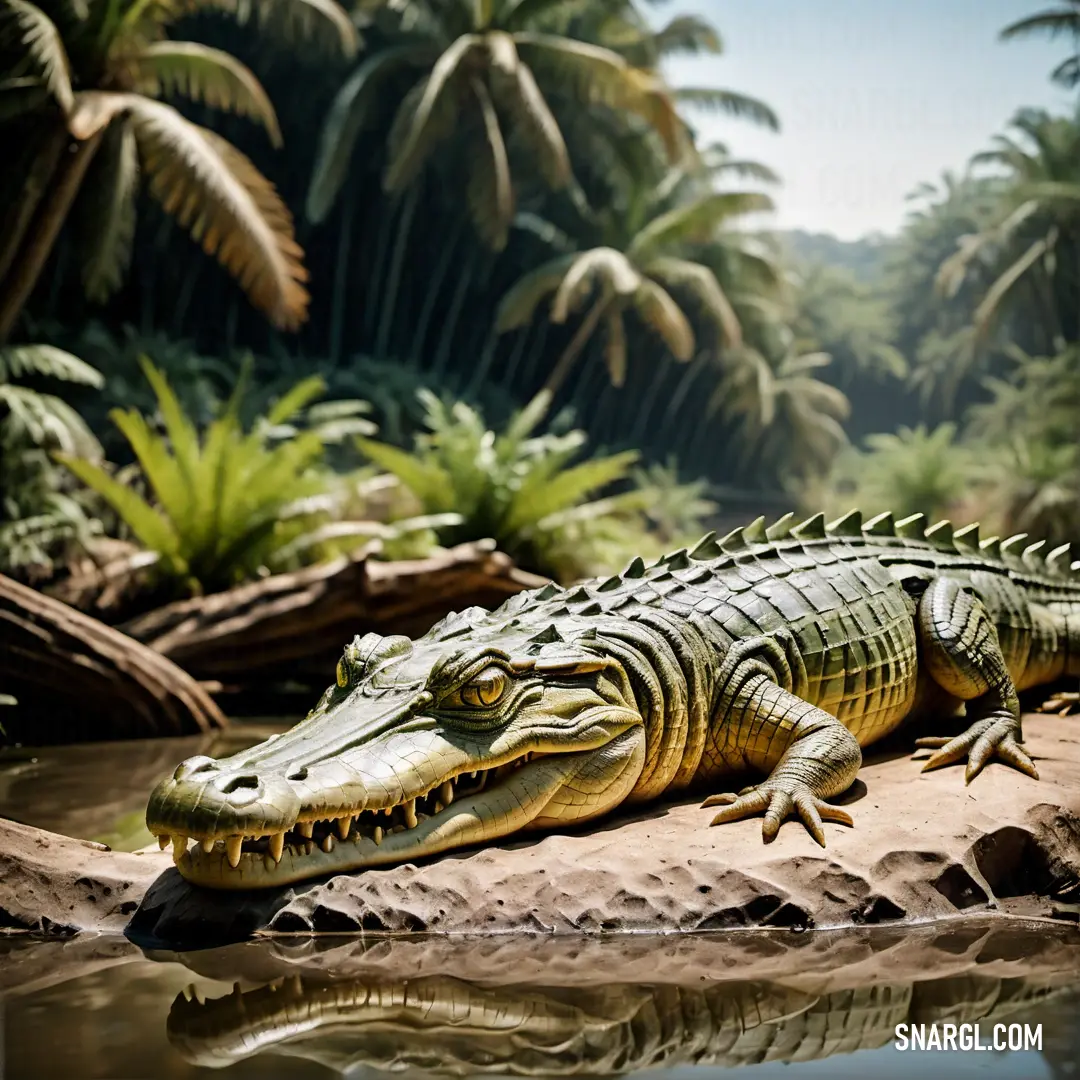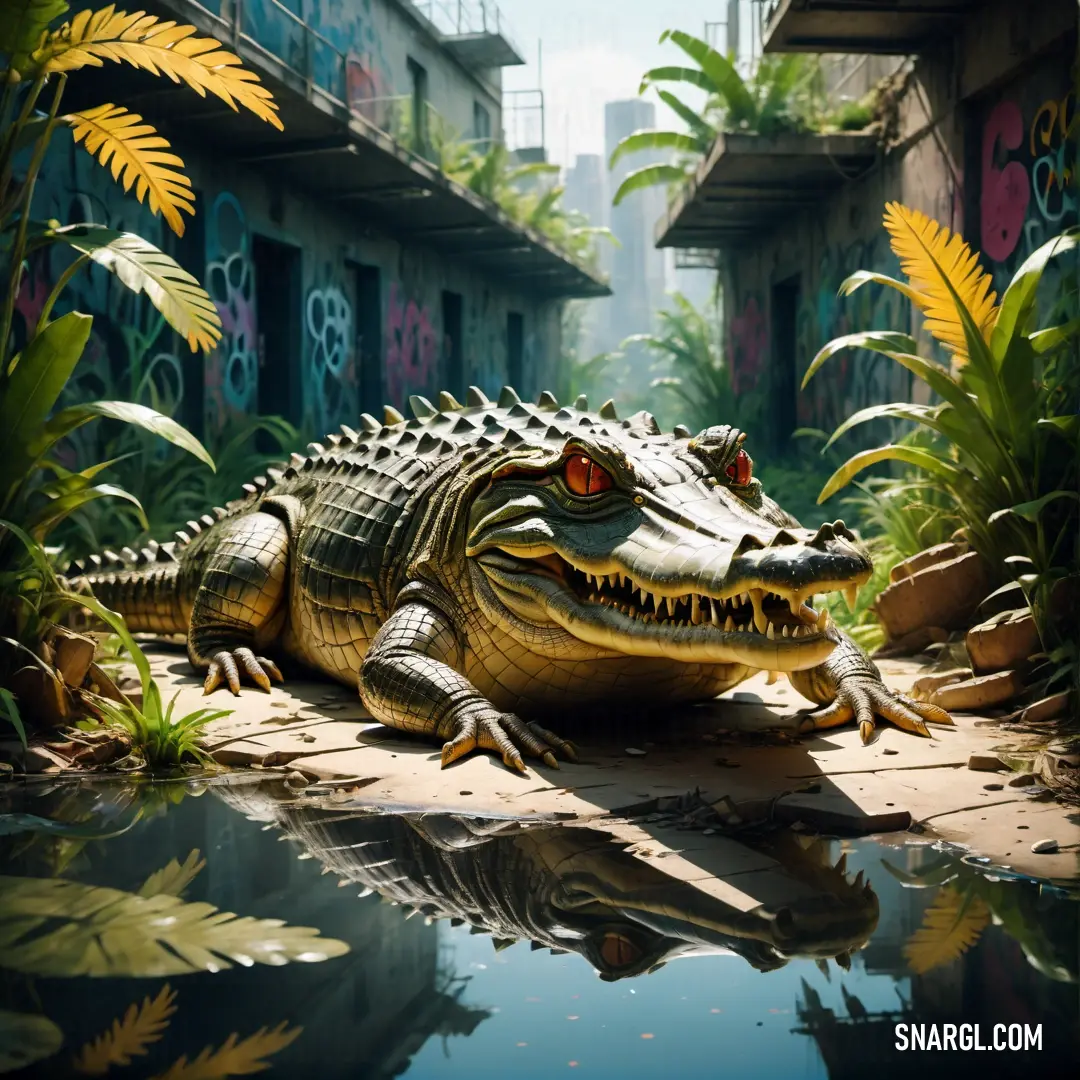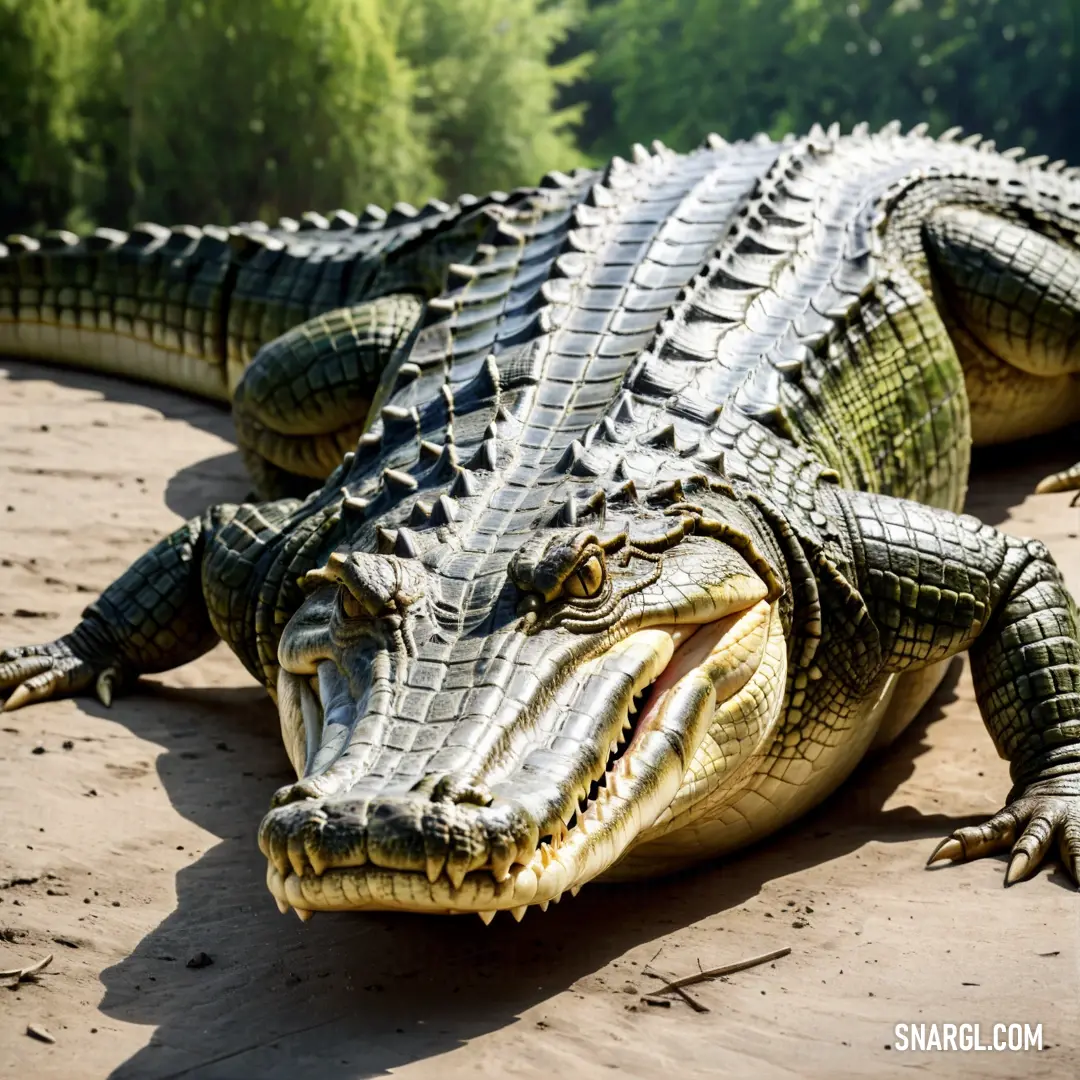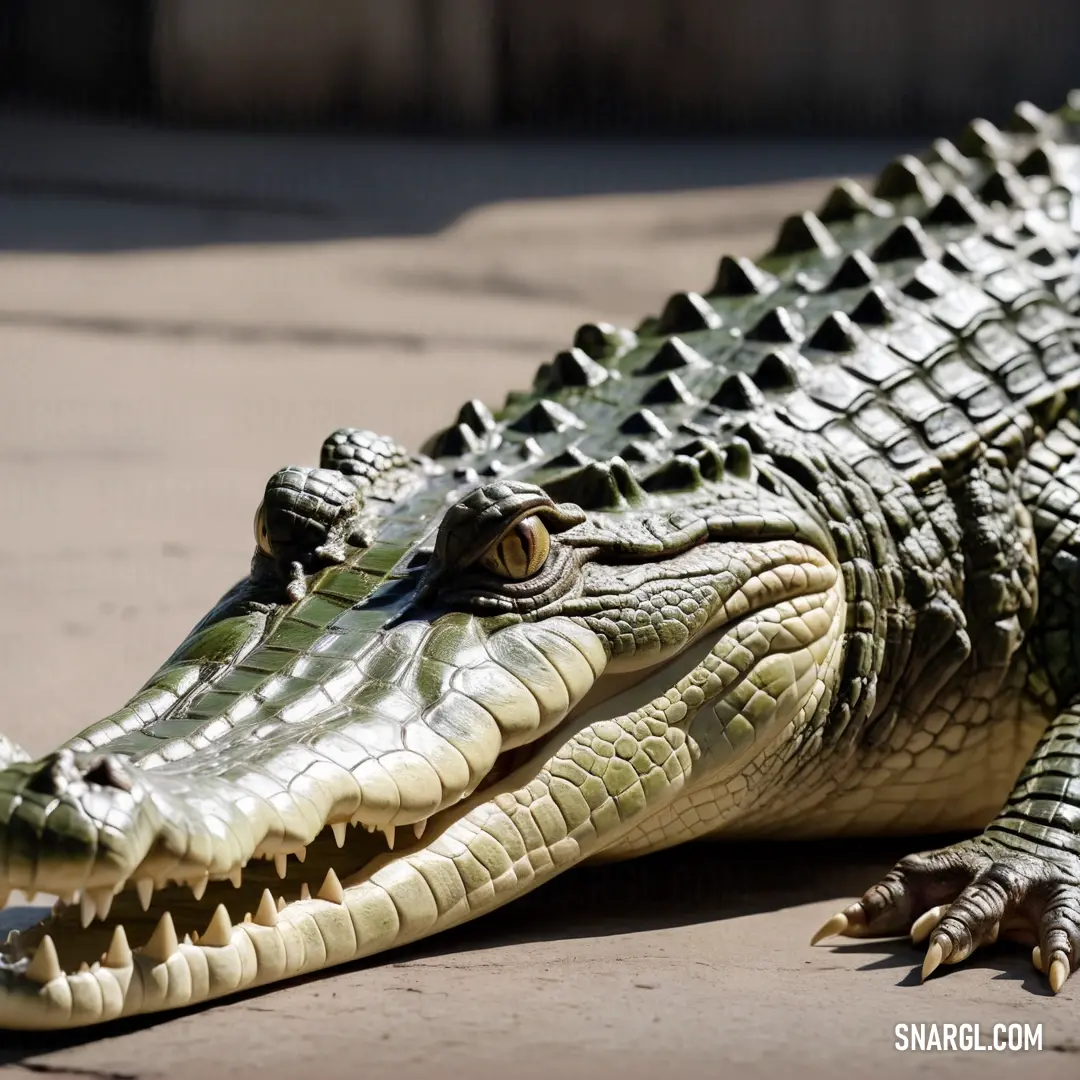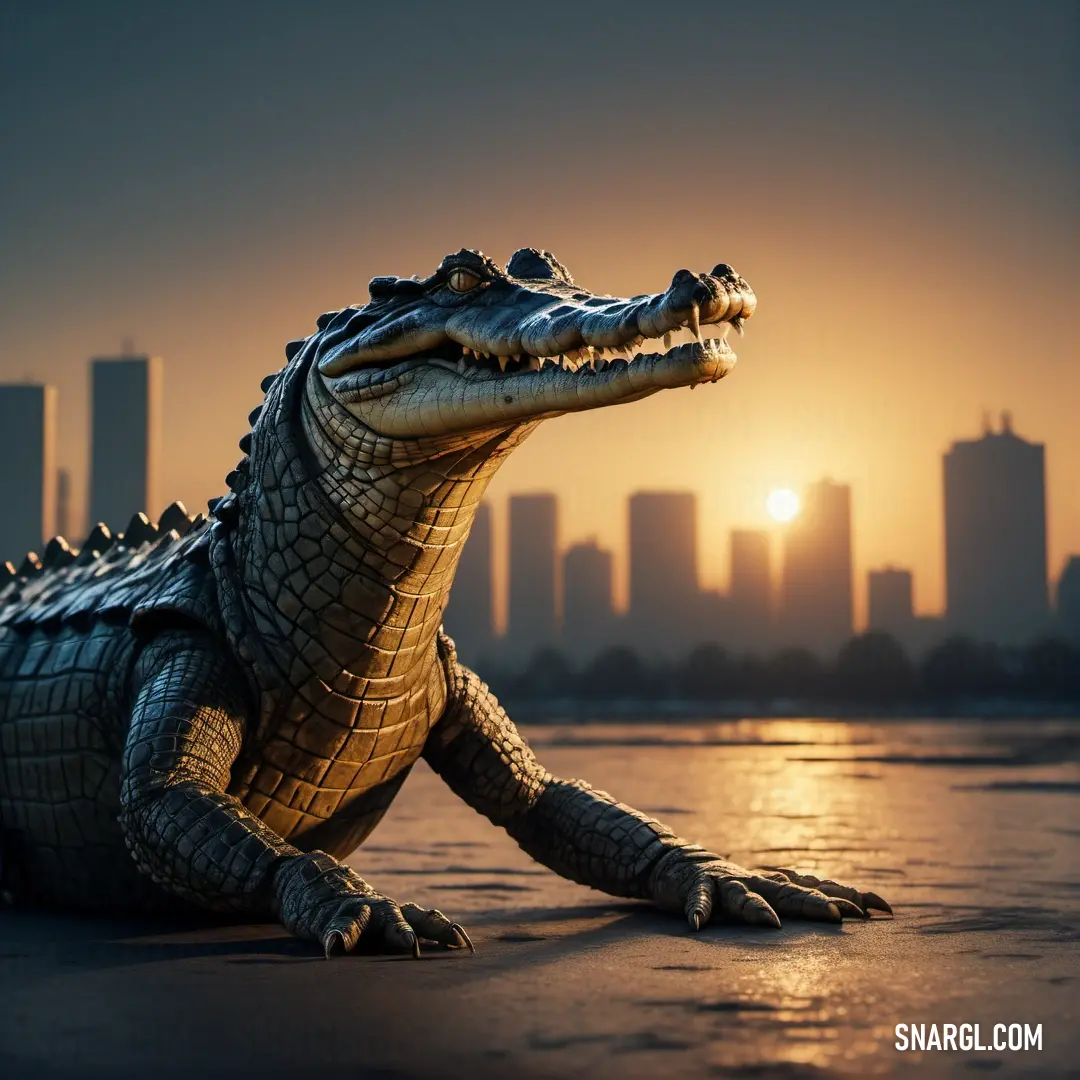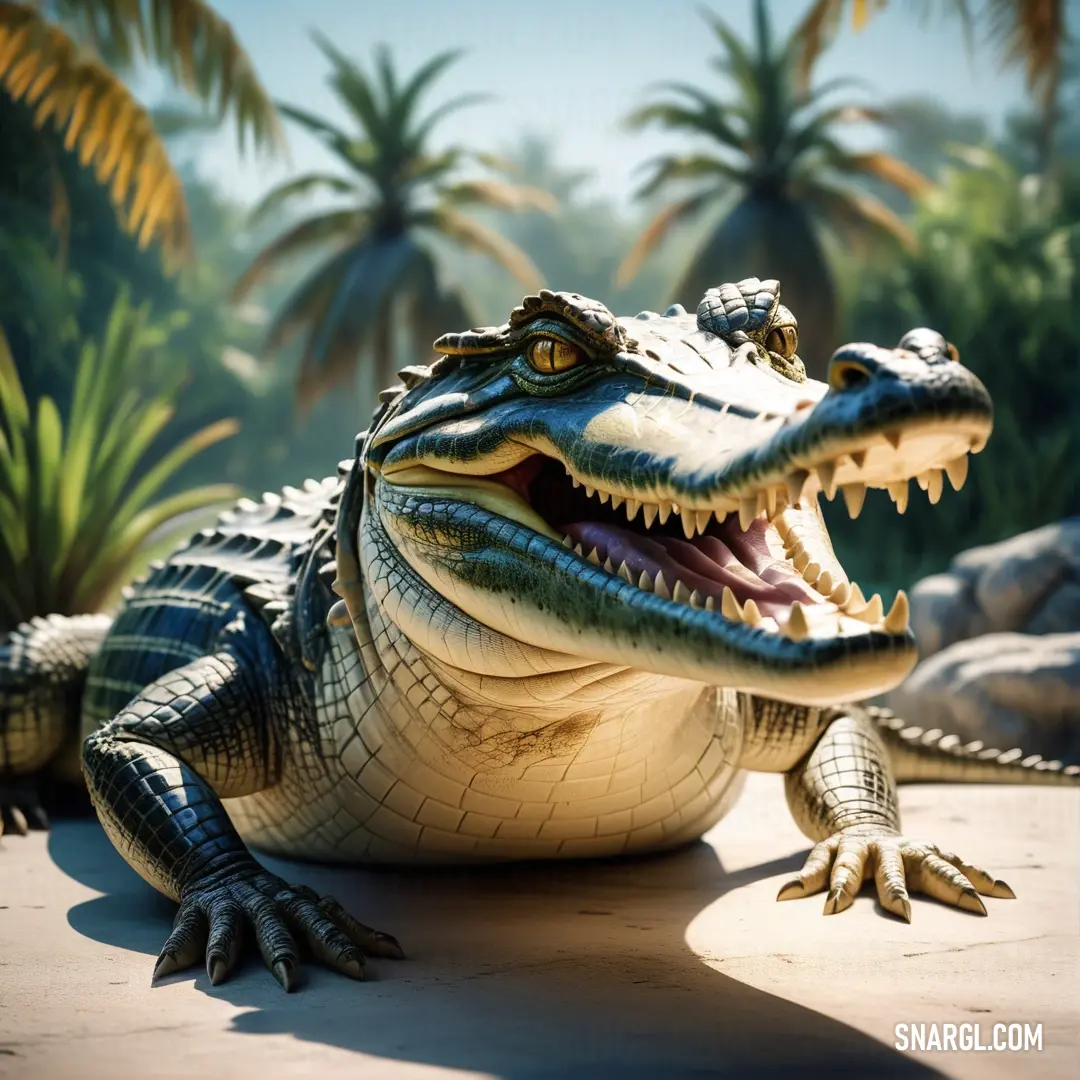
Crocodile
Where does the Crocodile live?
Crocodiles are large, semiaquatic reptiles that live in tropical and subtropical regions of the world.
They can be found in Africa, Asia, Australia, and the Americas.
Crocodiles prefer freshwater habitats such as rivers, lakes, and wetlands, but some species can also tolerate brackish water and saltwater.
Crocodiles are adapted to their aquatic environment with webbed feet, powerful tails, and salt glands that help them regulate their salt intake.
Crocodiles are also able to close their nostrils, ears, and eyes when submerged, and can hold their breath for up to two hours.
Crocodiles are carnivorous and feed on a variety of vertebrates and invertebrates, depending on their size and habitat.
They hunt by ambushing their prey near the water's edge, using their strong jaws and teeth to crush and tear their food.
Crocodiles are among the most ancient and diverse reptiles, with 23 living species belonging to the family Crocodylidae.
They are closely related to alligators, caimans, and gavials, which are members of the order Crocodilia.
Crocodiles can be distinguished from other crocodilians by their narrower and longer snouts, their exposed teeth when the mouth is closed, and their higher levels of aggression.
Crocodiles are also the largest and heaviest of present-day reptiles, with some species reaching up to 7 metres (23 feet) in length and weighing more than 1,200 kg (2,650 pounds).
Crocodiles have a long evolutionary history, dating back to the Eocene epoch, about 55 million years ago.
They have survived many mass extinctions and environmental changes, but today they face many threats from human activities, such as habitat loss, hunting, and pollution.
Many crocodile species are endangered or vulnerable, and need conservation efforts to protect them and their habitats.
Example of the color palette for the image of Crocodile

See these colors in NCS, PANTONE, RAL palettes...
What does the Crocodile look like?
A crocodile is a large reptile that has a long, lizard-like body and a powerful jaw with many sharp teeth.
Crocodiles live in tropical and subtropical regions of the world, mostly in freshwater habitats such as rivers, lakes, and swamps.
They have thick, scaly skin that is usually gray, green, or brown in color.
Crocodiles have four short legs with webbed toes that help them swim and walk on land.
They also have a long, muscular tail that helps them balance and steer in the water.
Crocodiles have eyes, ears, and nostrils on the top of their head, which allow them to see, hear, and breathe while most of their body is submerged.
Crocodiles are carnivorous and feed on fish, birds, mammals, and other animals that come near the water.
They are ambush predators, meaning they wait for their prey to approach and then attack with a sudden burst of speed.
Crocodiles have a special valve in their throat that prevents water from entering their mouth when they bite.
They also have glands in their tongue that help them get rid of excess salt from their body.
Crocodiles are among the largest and heaviest living reptiles.
The biggest species are the Nile crocodile and the saltwater crocodile, which can grow up to 7 meters (23 feet) long and weigh more than 1,200 kilograms (2,650 pounds).
The smallest species are the smooth-fronted caiman and the dwarf crocodile, which are about 1.7 meters (6 feet) long and weigh about 20 kilograms (44 pounds).
Crocodiles are related to dinosaurs and birds, and have existed for more than 200 million years.
They are endangered by habitat loss, hunting, and pollution.

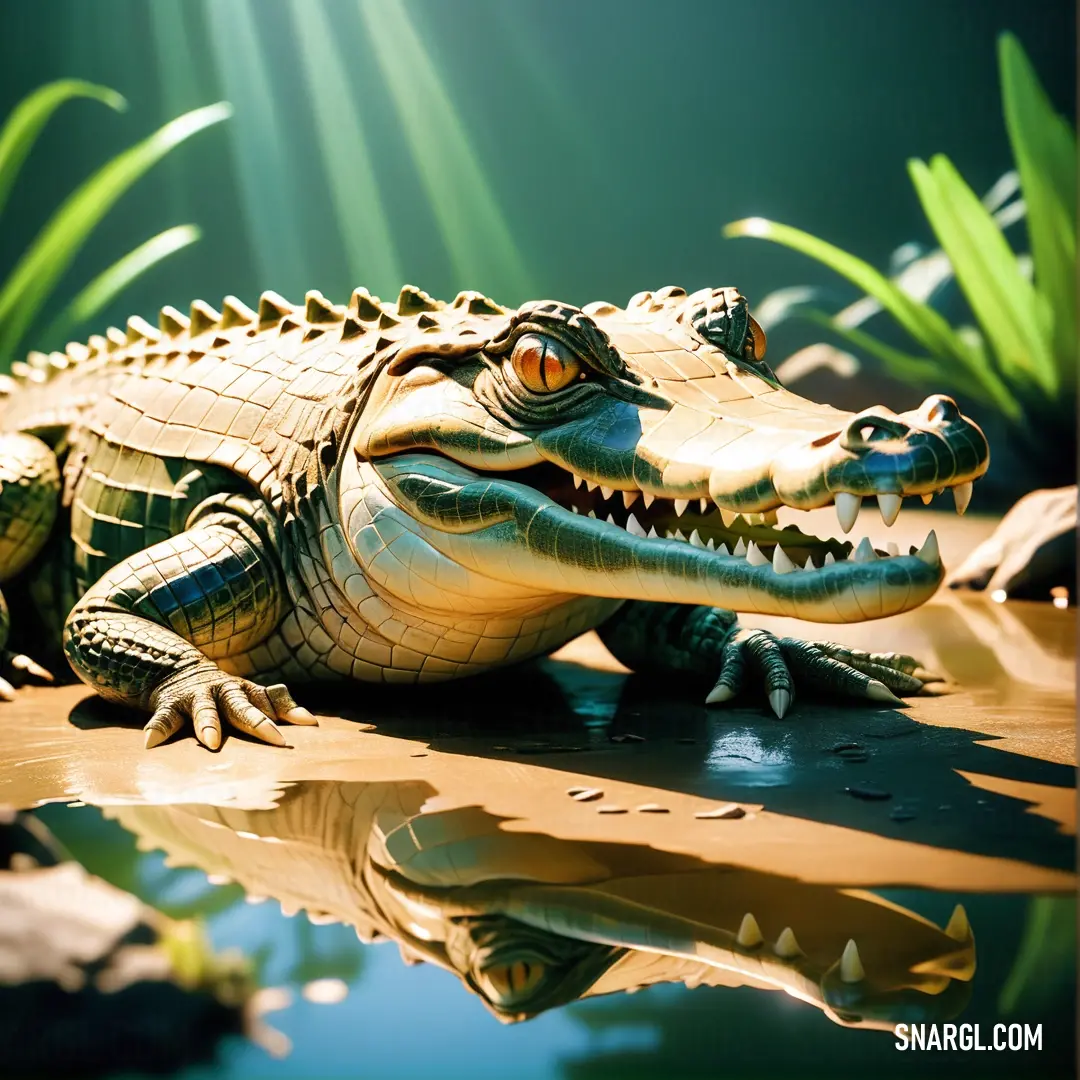
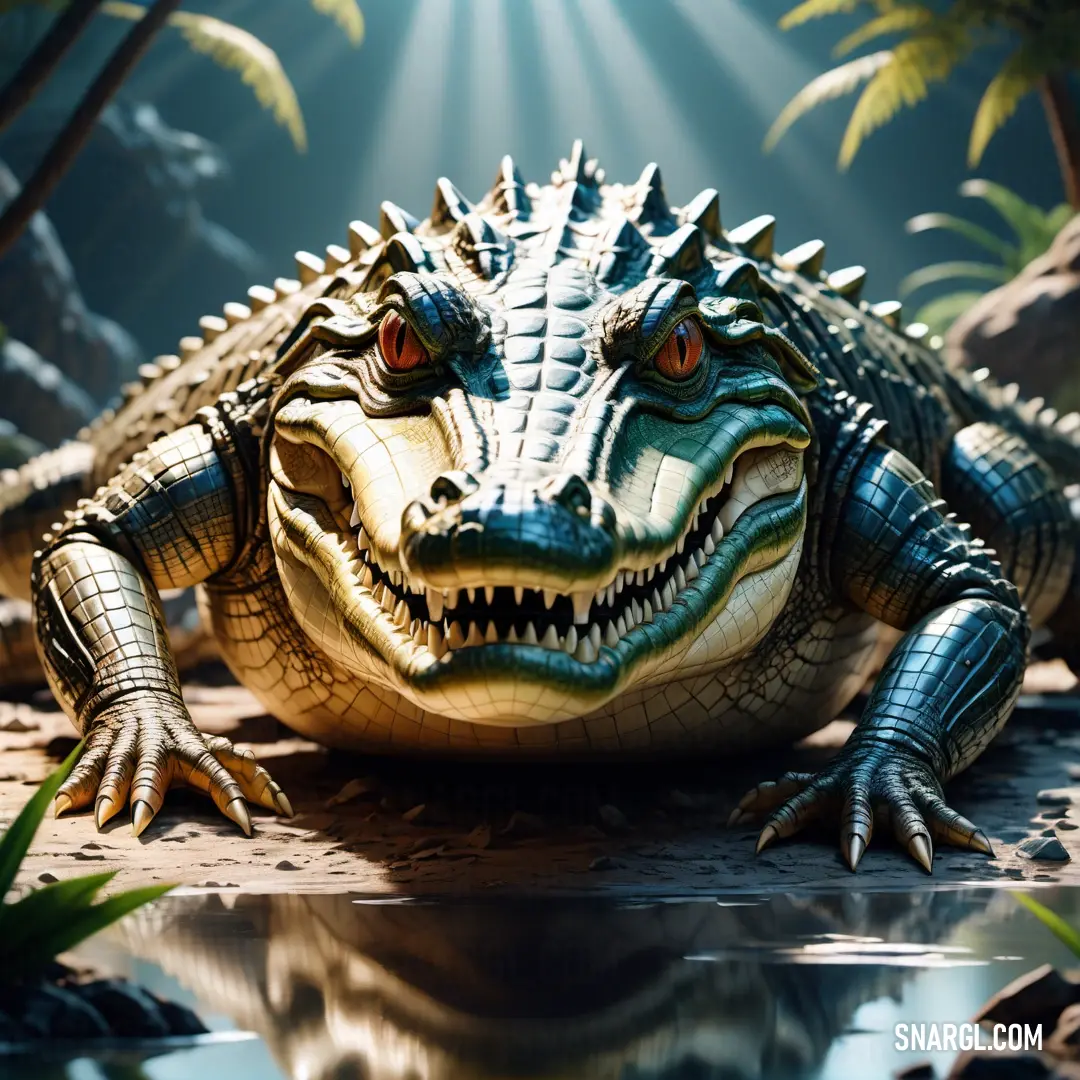
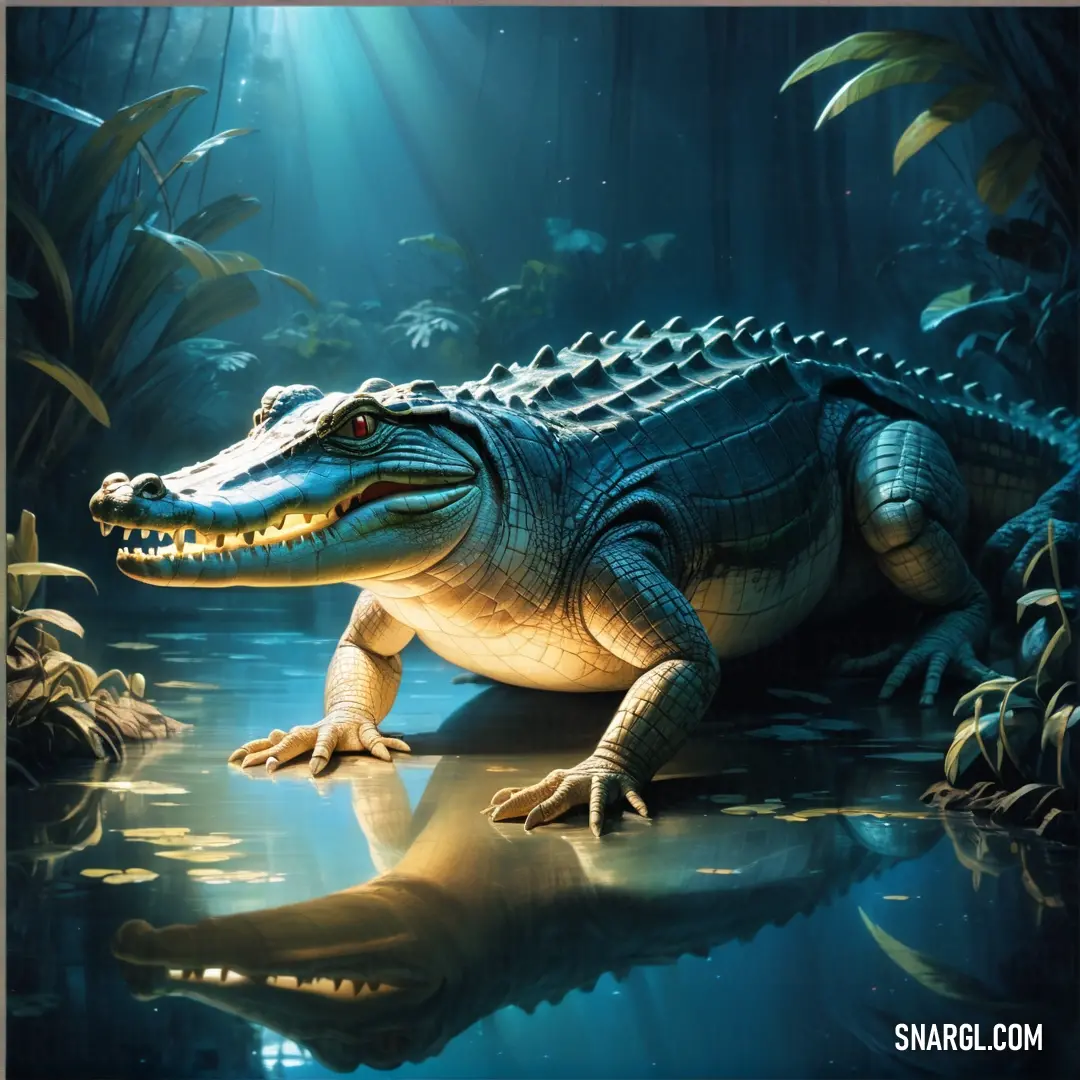
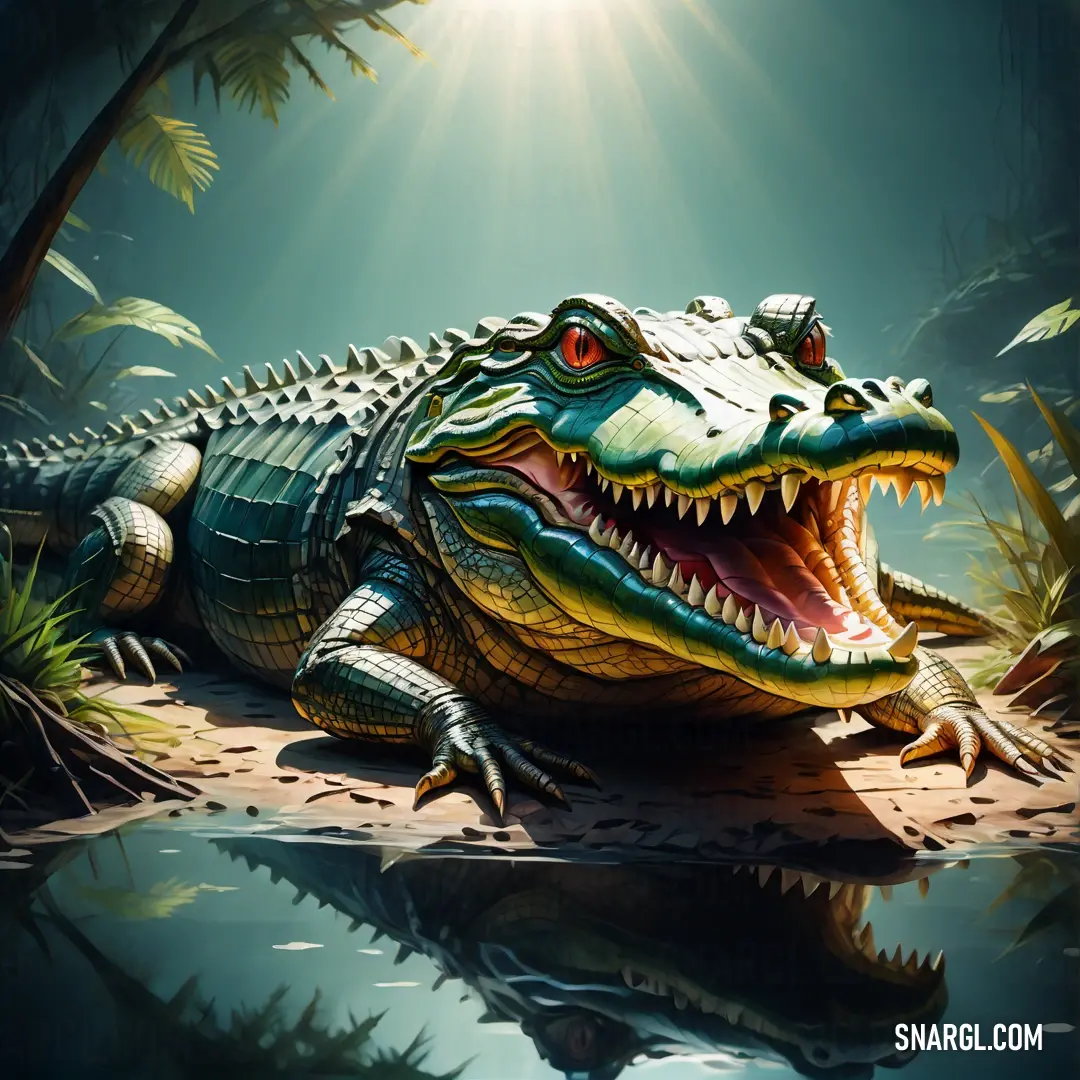
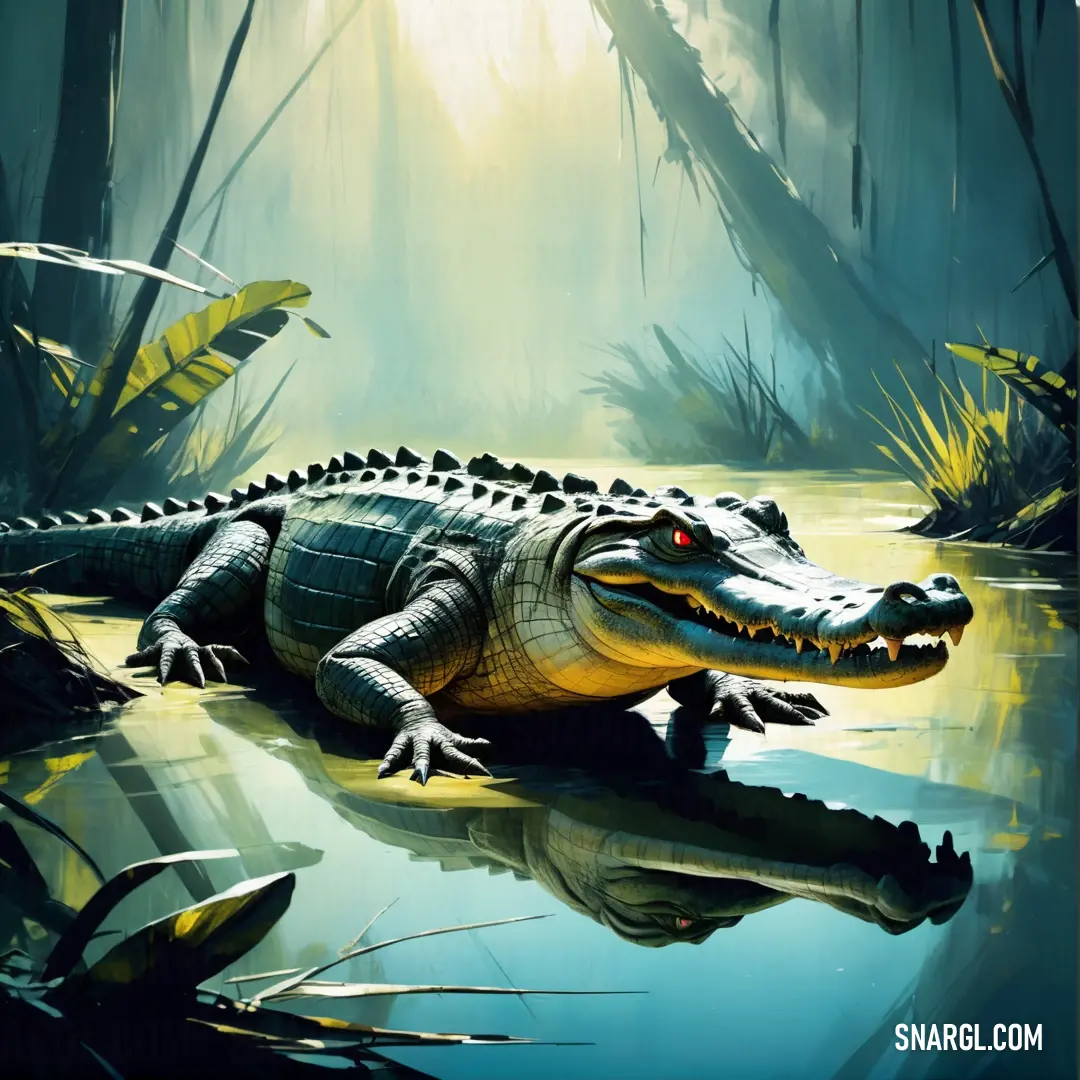
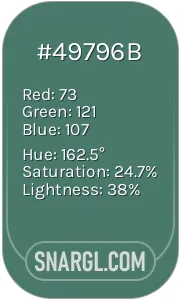 Hooker green
Hooker green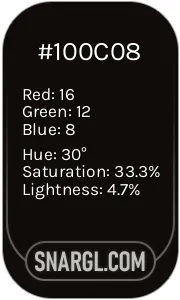 Smoky black
Smoky black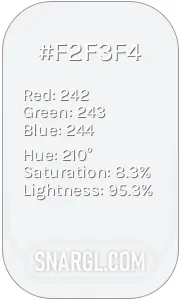 Anti-flash White
Anti-flash White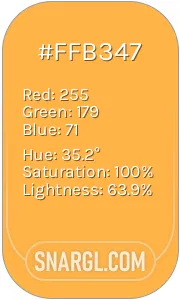 Pastel orange
Pastel orange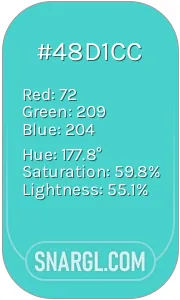 Medium turquoise
Medium turquoise